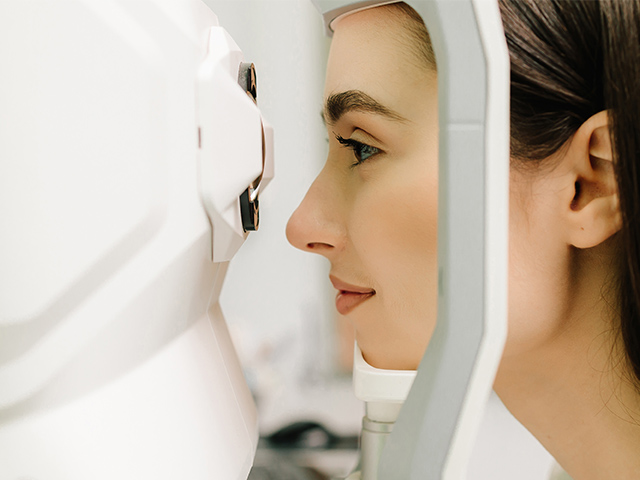How Eye Exams Can Detect Problems Before You Notice Symptoms

Many people think of eye exams as a way to update their prescription for glasses or contact lenses. While that’s certainly part of the process, comprehensive eye exams go far beyond just checking vision. Your eye doctor can often detect health concerns before you ever notice any symptoms. Regular visits to an optometrist are a proactive way to protect both your eye health and your overall well-being.
Understanding Silent Eye Conditions
Some of the most serious eye diseases don’t cause noticeable changes until they’ve already advanced. Conditions like:
Glaucoma - Often called the “silent thief of sight,” glaucoma damages the optic nerve gradually and rarely causes pain or early vision changes. Without an eye exam, many people don’t know they have it until permanent vision loss occurs.
Diabetic Retinopathy - In patients with diabetes, high blood sugar can damage the blood vessels in the retina. Early stages may not cause noticeable symptoms, but over time, untreated diabetic retinopathy can lead to severe vision loss.
Macular Degeneration - This condition affects central vision and is a leading cause of blindness in older adults. Subtle changes can be detected during an exam long before vision becomes blurry or distorted.
By detecting these diseases early, Dr. Thompson can recommend treatment or lifestyle changes that help preserve your vision.
Signs of Systemic Health Issues
Your eyes are often described as “windows to your health.” That’s because the small blood vessels and nerves inside the eyes can reflect what’s happening in the rest of the body. Eye exams can reveal early signs of:
High blood pressure (hypertension) - Changes in the blood vessels in the retina can indicate elevated blood pressure.
Diabetes - Small hemorrhages or swelling in the retina may be one of the earliest signs of diabetes.
Autoimmune conditions - Certain eye inflammations can point to conditions like lupus, rheumatoid arthritis, or multiple sclerosis.
Technology Makes a Difference
Today’s eye exams use more than just the eye chart. With the help of advanced diagnostic technology, Dr. Thompson can detect even the smallest changes in eye health that would otherwise go unnoticed.
One of the most powerful tools is Digital Retinal Imaging, which captures high-resolution images of the back of the eye. These images give a clear picture of the blood vessels and the optic nerve, making it easier to identify early signs of disease.
Visual Field Testing is also an important part of modern exams. This test measures peripheral vision and can reveal subtle changes that may indicate conditions like glaucoma, which often develop without noticeable symptoms at first.
By combining these technologies, Dr. Thompson is able to diagnose conditions at their earliest stages so that treatment can begin right away and your vision can be protected for the future.
Why Regular Exams Are Essential
Even if you feel like your vision is clear, it’s important not to skip routine exams. Vision changes can happen gradually, and many people adapt without realizing how much their eyesight has declined. More importantly, underlying conditions may only be detected through a professional exam. For most adults, eye exams are recommended every year, but certain risk factors such as age, diabetes, family history of eye disease, or high blood pressure may require more frequent visits.
Protect Your Vision with Paul Thompson, O.D.
Routine eye exams are about much more than clear vision. They are an essential part of protecting your eye health and detecting problems early. Prioritizing regular exams can help preserve your vision for years to come and contribute to your overall well-being.
Protect your sight and health by scheduling a comprehensive eye exam with Paul Thompson, O.D. today. Visit our office in Las Vegas, NV, or Lake Havasu City, AZ. Call (702) 822-2202 or (928) 764-3755 to book an appointment.


